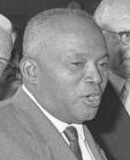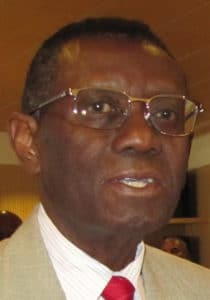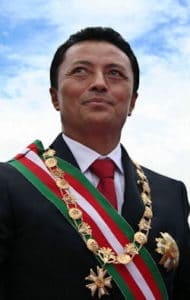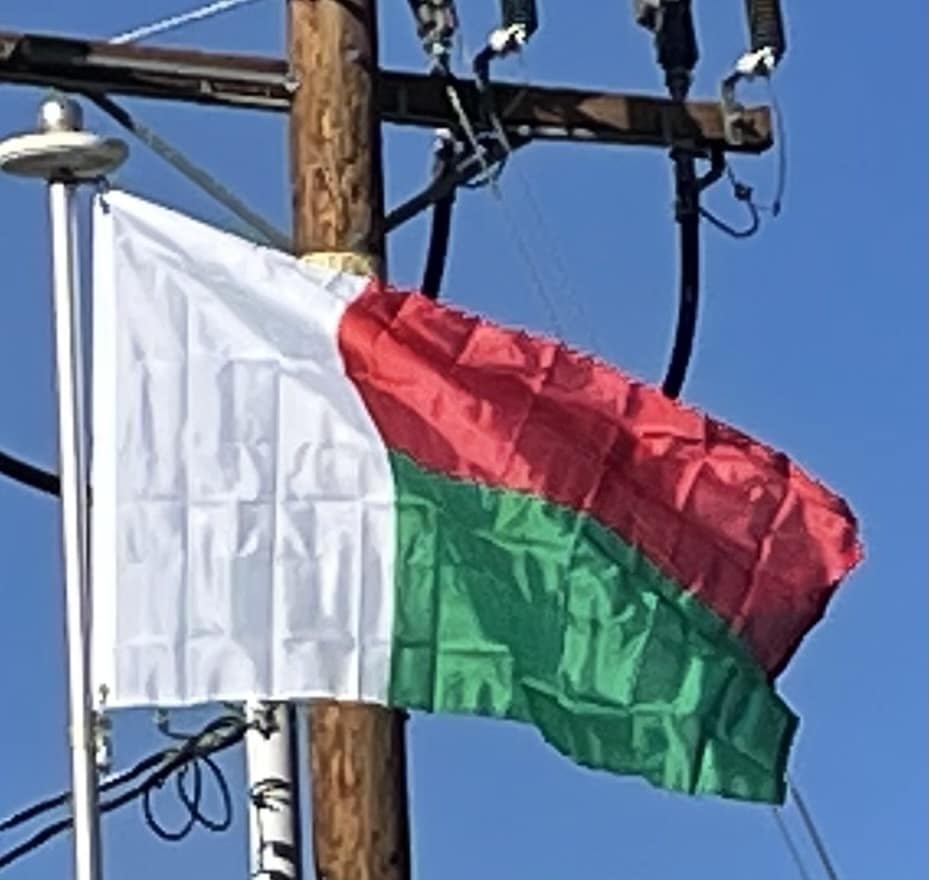
Gabriel Ramanantsoa, a major general in the army, was appointed interim president and prime minister that same year, but low public approval forced him to step down in 1975. Colonel Richard Ratsimandrava, appointed to succeed him, was assassinated six days into his tenure. General Gilles Andriamahazo ruled after Ratsimandrava for four months before being replaced by another military appointee: Vice Admiral Didier Ratsiraka, who ushered in the socialist-Marxist Second Republic that ran under his tenure from 1975 to 1993.
This period saw a political alignment with the Eastern Bloc countries and a shift toward economic insularity. These policies, coupled with economic pressures stemming from the 1973 oil crisis, resulted in the rapid collapse of Madagascar’s economy and a sharp decline in living standards, and the country had become completely bankrupt by 1979. The Ratsiraka administration accepted the conditions of transparency, anti-corruption measures and free market policies imposed by the International Monetary Fund, World Bank and various bilateral donors in exchange for their bailout of the nation’s broken economy.
Ratsiraka’s dwindling popularity in the late 1980s reached a critical point in 1991 when presidential guards opened fire on unarmed protesters during a rally. Within two months, a transitional government had been established under the leadership of Albert Zafy (1993–96), who went on to win the 1992 presidential elections and inaugurate the Third Republic (1992–2010).

The new Madagascar constitution established a multi-party democracy and a separation of powers that placed significant control in the hands of the National Assembly. The new constitution also emphasized human rights, social and political freedoms, and free trade. Zafy’s term, however, was marred by economic decline, allegations of corruption, and his introduction of legislation to give himself greater powers. He was consequently impeached in 1996, and an interim president, Norbert Ratsirahonana, was appointed for the three months prior to the next presidential election. Ratsiraka was then voted back into power on a platform of decentralization and economic reforms for a second term which lasted from 1996 to 2001.
The contested 2001 presidential elections in which then-mayor of Antananarivo, Marc Ravalomanana, eventually emerged victorious, caused a seven-month standoff in 2002 between supporters of Ravalomanana and Ratsiraka. The negative economic impact of the political crisis was gradually overcome by Ravalomanana’s progressive economic and political policies, which encouraged investments in education and ecotourism, facilitated foreign direct investment, and cultivated trading partnerships both regionally and internationally. National GDP grew at an average rate of 7 percent per year under his administration. In the later half of his second term, Ravalomanana was criticized by domestic and international observers who accused him of increasing authoritarianism and corruption.

Opposition leader and then-mayor of Antananarivo, Andry Rajoelina, led a movement in early 2009 in which Ravalomanana was pushed from power in an unconstitutional process widely condemned as a coup d’état. In March 2009, Rajoelina was declared by the Supreme Court as the President of the High Transitional Authority, an interim governing body responsible for moving the country toward presidential elections.
